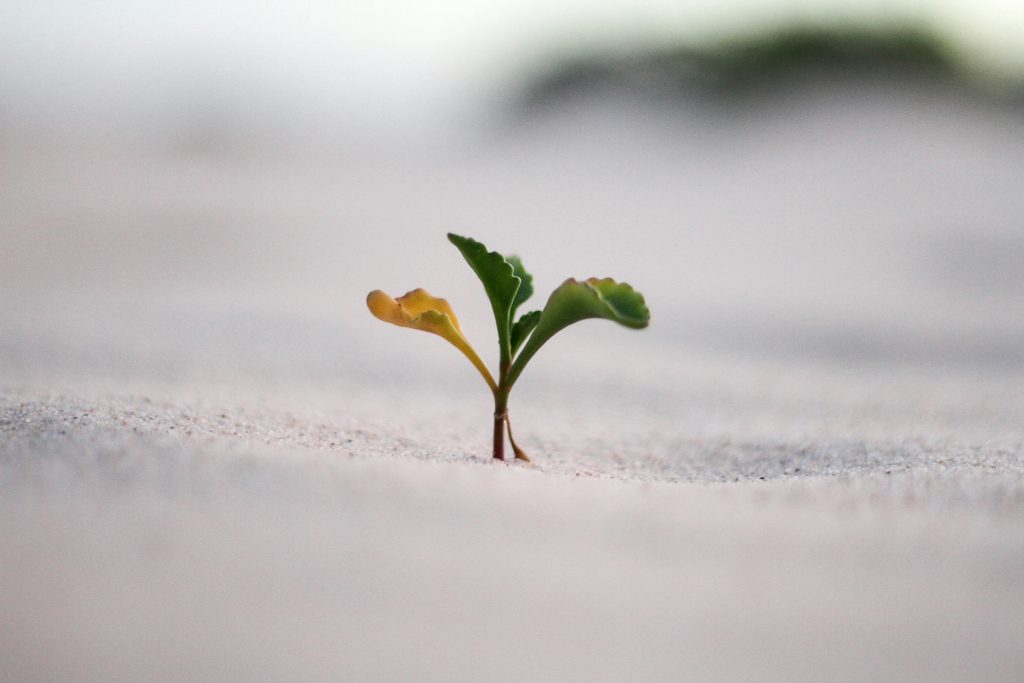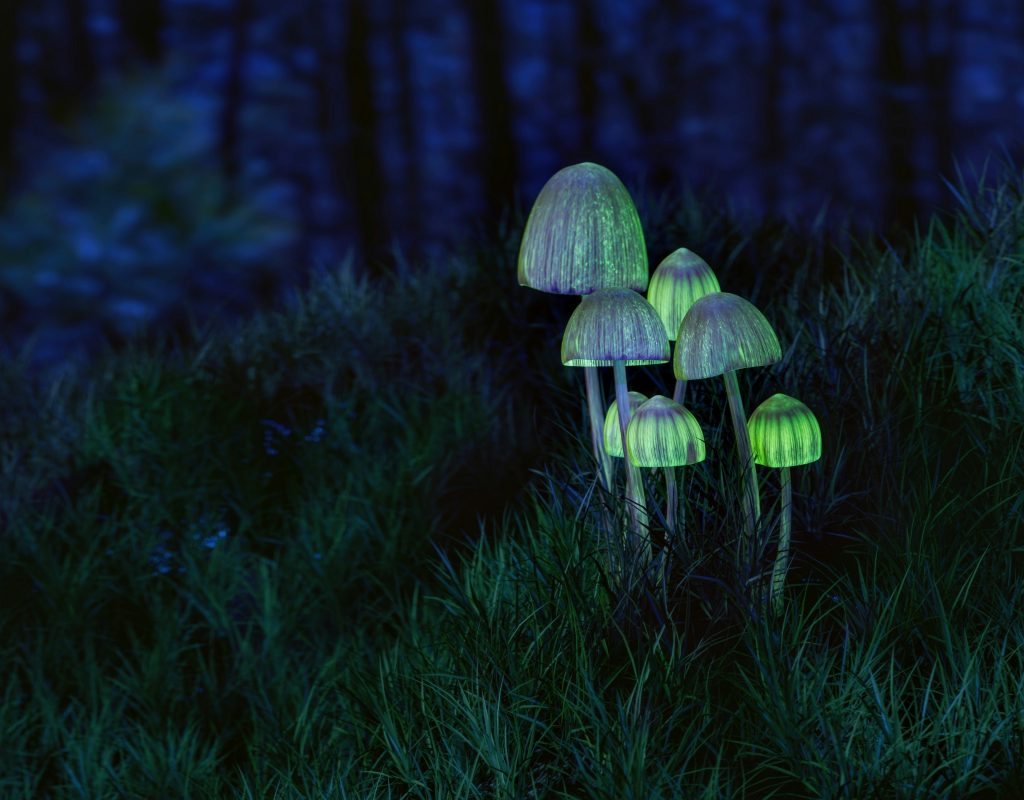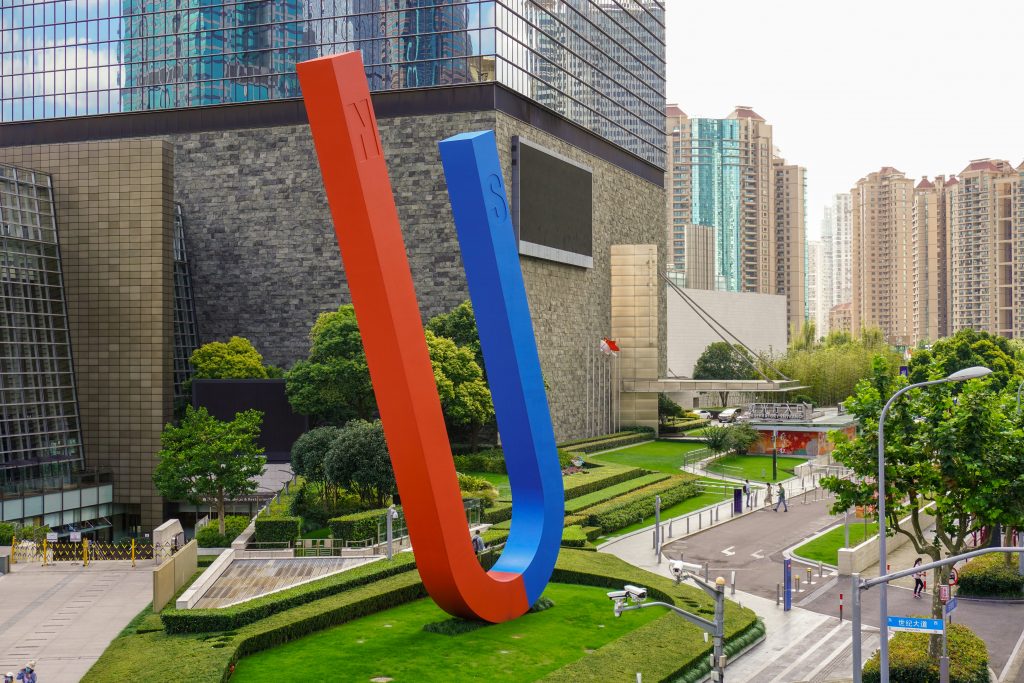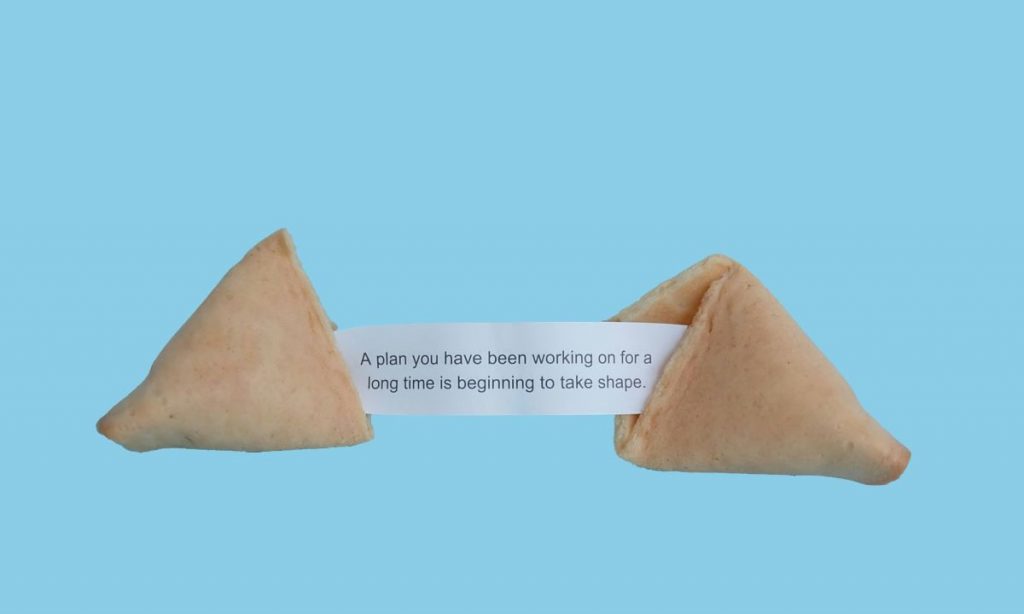
In my clinical work some of the most challenging patients to manage are those with ‘treatment resistant depression‘ and unfortunately up to 30% of people with a diagnosis of major depressive disorder (MDD) are resistant to traditional drug treatments (Jaffe et al 2019).
In December 2323, Amelia Talbot blogged about the experience of treatment resistant depression and needing to rethink treatment including more innovative approaches. It was therefore heartening to read Njenga et al’s state of the art review published in the BMJ in July this year (.
Their aim was to provide a ‘narrative review focussing on novel and emerging treatments for MDD (at any stage of the treatment cycle, from initial episode through to failure to respond to treatment) and their effectiveness, safety, and applicability in real world settings.’ I will be summarising this review today.

Sprouts of hope for treatment resistant depression?
Methods
The team searched PsycINFO, Medline, EMBASE and Web of Science using the search terms: “depression*” AND “novel treatment*” OR “emerging treatment*” OR “innovative treatment*” OR “psychedelics” OR “neuromodulation.” They completed the search twice with both searches covering January 2017 to June 2023.
There were clear inclusion and exclusion criteria of the search to ensure that it was limited to recent novel or emerging treatments. They also only included interventional data, not theoretical or observational evidence, so that it maximised the applicability to clinical practice. This produced 42 articles which were included in the study.
Results
Of the selected articles the topics grouped into 2 broad categories: pharmacotherapy and neuromodulation, with 2 papers focusing on psychological interventions alongside novel and emerging interventions.
1. Pharmacological
Psychedelics
- Esketamine and ketamine
- Rapid, short-term improvement in suicidality and mood.
- Limited evidence of sustained improvement e.g. at 28 days.
- Cochrane review of glutamate receptor modulators found ketamine more effective than placebo.
- ECT (electroconvulsive therapy) may be superior.
- Clinical application – 40 minute infusions per week over several weeks is already in use across healthcare systems including the NHS, as an off-licence alternative to ECT.
- Psilocybin
- Drug-facilitated psychotherapy (2 therapists supporting for up to 10 hours during use).
- Rapid improvement in mood with some sustained effect at 28 days.
- When compared with escitalopram, no statistical difference at 6 weeks.
- Emerging evidence that it increased suicidality.
- Clinical application – Scalability may be an issue due to requiring 2 therapists for up to 10 hours for each treatment.
- Ayahuasca and dimethyltryptamine – traditional Amazonian plant medicine.
- Open label study and 1 RCT have shown some short-term improvement in MDD.
- Significant gastro-intestinal side effects with vomiting, which may limit wider implementation.
- Clinical application – single dosage with support available if needed.
- Current data does not support wider use.
Emerging treatments
- Neuropeptide Y – intranasal adjunct to antidepressant; beneficial effects at 24hrs, but not sustained beyond 48 hrs.
- Minocycline – positive effect as an adjunct to antidepressants, but monotherapy is unclear.
- Non-steroidal anti-inflammatory drugs – Celecoxib trialled as an adjunct treatment, with positive results to date.
- Statins – Adjunct treatment vs antidepressant alone has shown positive effects.
- Omega-3 fatty acid – Trialled as a monotherapy or adjunct and a significant reduction in symptoms has been found.
- Buprenorphine-samidorphan – daily adjunct has shown greater reduction in depressive symptoms than placebo.
- Onabotulinumtoxin A – Single injection in to the glabellar region; monotherapy or adjunct. Significant antidepressant effect compared with placebo.

There is a significant amount of interest in psychedelics as potential adjunct treatments, e.g. psychedelic-assisted psychotherapy.
2. Neuromodulation
Transcranial magnetic stimulation (TMS)
Repetitive transcranial magnetic stimulation (rTMS) is a form of neuromodulation that involves the targeted use of magnetic fields to primarily stimulate the dorsolateral prefrontal cortex (DLPFC) and is recommended by NICE for moderate to severe MDD. Newer regimens and forms include:
- Accelerated TMS (aTMS): more effective than sham therapy, but not significantly more effective than rTMS after 4 weeks.
- Theta burst stimulation (continuous cTBS or intermittent iTBS): more effective than sham therapy. Effect sustained for 2 weeks or 4-6 weeks. iTBS greater response and remission at 3 months than rTMSs.
- Stanford neuromodulation therapy (SNT): accelerated iTBS mean reduction in depression scores at 1 weeks and remained significant at 4 weeks.
- Low field magnetic stimulation (LFMS); no more effective than sham therapy.
Bilateral TBS has the potential to be the most efficacious of the 16 neuromodulation procedures assessed for treatment-resistant depression. Although TBS or aTMS may not be more effective than rTMS, both can be administered in a significantly shorter timeframe than rTMS and are well tolerated, so they may have greater clinical utility.
Emerging treatments
- Transcranial direct current stimulation (tDCS) – in vascular depression more effective than sham therapy. ‘Non-inferior’ to sham therapy in other forms of depression. tDCS and CBT has no significant antidepressant effect over CBT or CBT and sham therapy.
- Bright light therapy – as part of triple chronotherapy produced a rapid and sustained antidepressant effect. With rTMS greater reduction in depressive symptoms than rTMS alone.
- Photobiomodulation – significant reduction in symptoms compared with sham therapy.
- Deep brain stimulation (DBS) – DBS found to be less effective than rTMS; greater discontinuation rates than sham therapy.
- Magnetic seizure therapy – ‘non-inferior’ to ECT, but with a higher discontinuation rate.

Newer forms of transcranial magnetic stimulation (TMS) may be quicker to deliver and well tolerated.
Conclusions
Psychedelics and newer forms of repetitive transcranial magnetic stimulation emerged as the principal novel treatments being trialled for MDD. Research on psychedelics to date has shown rapid onset of short term improvement in mood and suicidality although with limited sustained benefit.
Of the emerging pharmacotherapy agents, minocycline at present appears to hold the most promise. Bright light therapies offer an intriguing mechanism for potentiating effects of other forms of neuromodulation.
The authors however emphasise that
the treatment of MDD requires a holistic, bio-psychosocial approach and so the psychological and social must be considered alongside the treatment of the neurobiological. Indeed, some of the most robust evidence was for treatments that incorporated psychedelic interventions with psychological support.
Strengths and limitations
There is no specific critical appraisal process for state of the art reviews, however some of the principles of the systematic review can be adopted to help appraise this research.
There was a clearly focused question/area of interest and they specifically looked at intervention papers that could then be applicable in practice. There were a lot of papers removed from the search although with clearly documented rationale. The results were grouped into pharmacological interventions and neuromodulation and this may have been contributed to by some of the search criteria specifically naming psychedelics and neuromodulation which may be seen as selection bias. I wonder if they had included specific psychological terms in their search (e.g. third wave interventions, mindfulness etc) if it would have led to additional papers? In short, this review is a decent summary of psychedelics and neuromodulation for depression, but it’s not a comprehensive summary of all new and emerging treatments for major depressive disorder, so the title is a little misleading.
The results and quality of studies have been commented on without combination; leaving the reader to amalgamate the results. Being a narrative review there was no summative assessment of the papers potentially leaving the reader with more questions than answers.

This state of the art review whet’s the appetite for future care options.
Implications for practice
As a clinician, bringing the evidence together in one place has been incredibly useful for me; both in relation to possible treatment options for those patients suffering with significant ‘treatment resistant depression’, but also to have an understanding of the evidence to support patients to join future research protocols.
For these novel and emerging treatments to acquire wider acceptance, their effectiveness will need to be compared with that of established treatments. The authors have suggested potential future research questions (below) which I would fully agree with and we would need to see these kinds of results before being able to move forward with robust treatment regimens.
Potential research questions:
- What psychotherapeutic approaches are most effective in augmenting and sustaining the antidepressant effect of psychedelic agents in people who have MDD?
- What measures should be implemented for monitoring misuse, abuse, effectiveness, and adverse consequences of novel and emerging treatments for people with MDD?
- What is the clinical and cost effectiveness of new and emerging treatments for people with MDD compared with established treatments?
- Are there specific patient subpopulations for whom novel and emerging treatments for MDD are better indicated?
I also wonder how they will overcome the issue of how to blind the intervention with such different treatment modalities and effects? Here’s a cover of a psychedelic rock classic to listen to whilst we all ponder the possibilities…
Statement of interests
I have no conflicting interests in relation to this paper
Links
Primary paper
MagalhãesNew and emerging treatments for major depressive disorder
Other references
Jaffe DH, Rive B, Denee TR (2019). The humanistic and economic burden of treatment-resistant depression in Europe: a cross-sectional study. BMC Psychiatry 2019;19:247. doi:10.1186/s12888-019-2222-4

A very interesting and encouraging picture very well summarized Kirsten. I agree about potential bias around third wave exclusions but am personally encouraged by light treatment findings – not least because I just started using one!